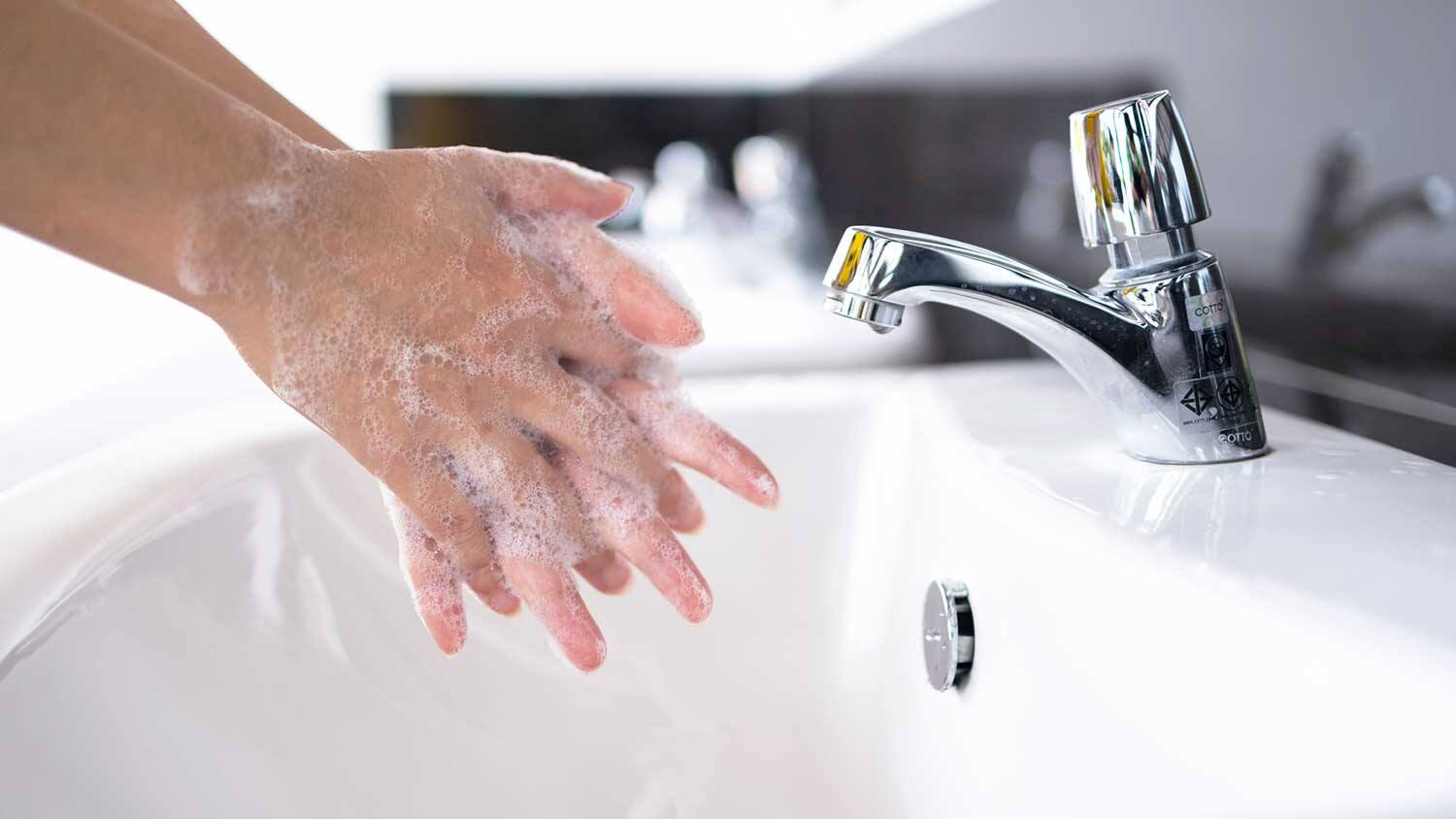

Articles
How Much To Replace Bathroom Faucet
Modified: August 28, 2024
Looking for articles on how much it costs to replace a bathroom faucet? Look no further! Our comprehensive guide will provide all the information you need to make an informed decision.
(Many of the links in this article redirect to a specific reviewed product. Your purchase of these products through affiliate links helps to generate commission for Storables.com, at no extra cost. Learn more)
Introduction
Replacing a bathroom faucet is a common home improvement project that can enhance the functionality and aesthetics of your bathroom. Whether you’re tired of a leaky faucet, want to upgrade to a more stylish design, or simply need to refresh the appearance of your bathroom, replacing the faucet can make a significant difference. However, before diving into this project, it’s important to consider various factors to ensure a successful and cost-effective faucet replacement.
In this article, we will explore the key factors to consider before replacing a bathroom faucet. We will also discuss the different types of faucets available, the cost of purchasing a new faucet, the expenses associated with hiring a professional plumber, and the pros and cons of a DIY faucet replacement versus hiring a professional. Additionally, we will provide some helpful tips on how to save money during the faucet replacement process.
By the end of this article, you will have a comprehensive understanding of what to expect when replacing a bathroom faucet and be equipped with valuable insights to help you make informed decisions throughout the project.
Key Takeaways:
- Consider compatibility, budget, design, functionality, and water efficiency when replacing a bathroom faucet. Careful planning and research can help you find the perfect faucet that meets your needs and enhances your bathroom’s overall appeal.
- Save money on bathroom faucet replacement by comparing prices, shopping online, considering DIY installation, and exploring refurbished options. With smart purchasing decisions and proper maintenance, you can achieve a successful faucet replacement while staying within your budget.
Read more: How Much To Replace A Kitchen Faucet
Factors to Consider Before Replacing a Bathroom Faucet
Before replacing a bathroom faucet, it’s important to consider a few key factors to ensure a smooth and successful project. Taking these factors into account will help you choose the right faucet, prepare for the installation process, and avoid any unexpected complications. Here are some factors to consider:
- Compatibility: Before purchasing a new faucet, it’s crucial to check if it is compatible with your existing sink or countertop. Measure the number of mounting holes and the spacing between them to ensure a proper fit. Additionally, consider the type of faucet you currently have (single-handle, double-handle, or widespread) and ensure that the replacement faucet matches the existing configuration.
- Budget: Determine your budget for the faucet replacement project. Faucet prices can vary significantly depending on the brand, style, and materials used. Evaluate your options and find a balance between quality, cost, and your personal preferences.
- Design & Style: Consider the overall design and style of your bathroom when selecting a new faucet. Choose a style that complements your bathroom fixtures and suits your personal taste. Whether you prefer a modern, traditional, or transitional design, there is a wide range of options available to suit your preferences.
- Functionality: Think about the practical functionality you desire from your new faucet. Would you like a faucet with a high-arc spout for added clearance or a pull-out sprayer for easier cleaning? Consider any specific features or functionalities that would enhance your experience and convenience in the bathroom.
- Maintenance: Evaluate the maintenance requirements of different faucet finishes. Some finishes, such as brushed nickel or stainless steel, are more resistant to fingerprints and water spots, making them easier to clean and maintain. On the other hand, polished chrome finishes may require more regular cleaning to maintain their shine.
- Water Efficiency: In today’s environmentally conscious world, it’s important to consider the water efficiency of your new faucet. Look for faucets with the WaterSense label, which indicates that they meet the EPA’s criteria for water efficiency. These faucets can help conserve water and lower your utility bills.
By carefully considering these factors, you can choose a faucet that meets your needs, fits your budget, and enhances the overall look and functionality of your bathroom. It’s also important to consult with a professional plumber or do thorough research to ensure a successful installation process.
Types of Bathroom Faucets
When it comes to selecting a new bathroom faucet, there are various types to choose from. Each type offers unique features and functionalities, allowing you to customize your bathroom to your liking. Here are some common types of bathroom faucets:
- Single Handle Faucets: Single handle faucets, also known as single lever faucets, feature a single handle that controls both the water temperature and flow. With a single motion, you can adjust the handle from left to right to achieve your desired temperature and from up to down to control the water flow. This type of faucet offers ease of use and a sleek, modern look.
- Double Handle Faucets: Double handle faucets come with separate hot and cold water handles. These faucets usually have two handles mounted on a deck plate or individually mounted on the sink or countertop. The separate handles allow for more precise control over the water temperature. Double handle faucets are often associated with a more traditional and classic design.
- Widespread Faucets: Widespread faucets consist of three separate components: the spout and two handles. In this design, the handles are located on either side of the spout, and they require three separate holes for installation. Widespread faucets offer a stylish and sophisticated look and are available in a wide range of styles and finishes.
- Wall-Mounted Faucets: Wall-mounted faucets are installed on the wall above the sink or countertop, rather than on the sink or countertop itself. This type of faucet creates a minimalist and contemporary look, as it eliminates the need for a deck-mounted spout and handles. Wall-mounted faucets are ideal for vessel sinks or when you want to create a unique focal point in your bathroom.
- Vessel Sink Faucets: Vessel sink faucets are specifically designed for use with vessel sinks. Vessel sinks sit on top of the countertop, requiring a taller faucet to accommodate the increased height. These faucets usually have a single handle and a higher spout to ensure comfortable use with vessel sinks. Vessel sink faucets offer a modern and elegant aesthetic.
- Centerset Faucets: Centerset faucets are a popular choice for bathrooms with limited space. These faucets come with a spout and two handles that are combined into a single unit. The handles and the spout are spaced four inches apart, allowing for easy installation on a three-hole sink or countertop. Centerset faucets offer a compact and streamlined design.
Regardless of the type of faucet you choose, make sure to consider factors such as compatibility with your existing sink or countertop, the overall style of your bathroom, and the level of functionality you desire. By selecting the right faucet type, you can enhance both the aesthetics and functionality of your bathroom.
Cost of Purchasing a New Bathroom Faucet
When replacing a bathroom faucet, one of the key considerations is the cost of purchasing a new faucet. The price of a bathroom faucet can vary depending on various factors such as the brand, style, materials used, and additional features. Here is a breakdown of the cost range for bathroom faucets:
- Basic Faucets: Basic bathroom faucets can range from $50 to $150. These faucets typically have a simple design, are made from affordable materials such as chrome or brass, and may not have many additional features. Basic faucets are a cost-effective option for those on a tight budget or looking for a straightforward replacement.
- Mid-Range Faucets: Mid-range bathroom faucets generally cost between $150 and $300. They offer a wider variety of styles, finishes, and features. These faucets may be made from more durable materials like stainless steel or nickel, and they often have better warranties and higher-quality components.
- High-End Faucets: High-end bathroom faucets can range from $300 to over $1000. These faucets are crafted with premium materials such as solid brass or bronze and are often available in luxurious finishes like gold or oil-rubbed bronze. They come with advanced features like touchless operation or temperature memory. High-end faucets offer exceptional durability, performance, and style.
It’s important to consider your budget and desired level of quality and functionality when choosing a bathroom faucet. While a more expensive faucet may offer additional benefits and a longer lifespan, it’s not always necessary to choose the highest-priced option. Assess your needs and preferences to find a faucet that strikes the right balance between cost and quality.
Keep in mind that the cost of the faucet is only one component of the overall expense of replacing a bathroom faucet. You may also need to consider additional expenses such as installation tools, supplies, and potentially hiring a professional plumber depending on your DIY skills and the complexity of the installation.
Lastly, it’s worth noting that prices for bathroom faucets can vary between online retailers, home improvement stores, and local plumbing suppliers. It’s a good idea to shop around and compare prices to ensure you’re getting the best deal.
By considering your budget and researching the available options, you can find a bathroom faucet that meets your needs, enhances your bathroom’s aesthetics, and fits within your desired price range.
Cost of Hiring a Professional Plumber for Faucet Replacement
While some homeowners may choose to replace a bathroom faucet themselves as a DIY project, others prefer to hire a professional plumber to ensure a proper installation. Hiring a professional plumber can save you time and effort, especially if you’re not comfortable with plumbing tasks or if the installation involves complex plumbing systems. However, it’s important to consider the cost of hiring a professional plumber for faucet replacement. Here are some factors that can influence the cost:
- Hourly Rate: Plumbers typically charge an hourly rate for their services. The rate can vary depending on factors such as location, the complexity of the job, and the plumber’s experience and reputation. On average, you can expect to pay between $80 and $150 per hour for a professional plumber.
- Flat Fee: Some plumbers may offer a flat fee for certain tasks, including faucet replacements. This fee can vary depending on factors such as the type of faucet, the difficulty of the installation, and any additional materials or parts needed. Flat fees provide a more predictable cost, but they may not cover unforeseen complications or additional repairs that may arise during the installation.
- Travel and Service Fee: In addition to the hourly rate or flat fee, some plumbers may charge a travel fee or a service fee. The travel fee covers the cost of the plumber’s travel time and expenses to your location, while the service fee covers their expertise and consultation on the job. These fees can range from $50 to $150, depending on the plumber and the distance traveled.
- Permit Requirements: In certain areas, a permit may be required for bathroom faucet replacement. If a permit is necessary, there may be additional fees associated with obtaining the permit and ensuring that the installation meets local building codes. It’s important to check with your local authorities to determine if a permit is required and factor in any associated costs.
- Additional Repairs or Modifications: In some cases, the plumber may identify other issues or necessary modifications during the faucet replacement process. These can include repairing or replacing pipes, valves, or connections that are damaged or outdated. The cost of these additional repairs or modifications will vary depending on the extent of the work required.
It’s recommended to obtain quotes from multiple plumbers and compare the costs and services provided. While it may be tempting to choose the plumber with the lowest price, it’s important to consider their reputation, experience, and qualifications. Hiring a licensed and insured plumber can ensure high-quality workmanship and give you peace of mind.
By considering the factors mentioned above and obtaining multiple quotes, you can get a better understanding of the cost of hiring a professional plumber for your faucet replacement project. Additionally, keep in mind that the cost of hiring a plumber is an investment in the proper installation and functionality of your new faucet.
When replacing a bathroom faucet, be sure to turn off the water supply before starting. Use a basin wrench to remove the old faucet and follow the manufacturer’s instructions for installing the new one. Check for leaks before finishing the installation.
Read more: How To Replace Shower Faucet Valve
DIY vs. Professional Faucet Replacement
When it comes to replacing a bathroom faucet, you have the option to tackle the project yourself or hire a professional plumber. Both approaches have their advantages and considerations. Let’s explore the DIY and professional faucet replacement options:
DIY Faucet Replacement:
Many homeowners choose to replace their bathroom faucet themselves as a DIY project. Here are some advantages of taking the DIY route:
- Cost Savings: Doing the replacement yourself can save you money on labor costs. However, keep in mind that you will still need to purchase the necessary tools and supplies for the installation.
- Flexibility and Convenience: DIY faucet replacement allows you to work at your own pace and on your own schedule. You have control over the entire process, from choosing the faucet to completing the installation.
- Learning Opportunity: Replacing a bathroom faucet can be a great DIY project for those looking to acquire new skills and learn about plumbing. It provides an opportunity to expand your knowledge and gain confidence in handling basic plumbing tasks.
- Satisfaction of Accomplishment: Successfully completing a DIY faucet replacement can give you a sense of satisfaction and pride in your home improvement abilities.
However, there are considerations to keep in mind with DIY faucet replacement:
- Skills and Experience: Assess your plumbing skills and experience before attempting a DIY faucet replacement. If you’re not confident in your abilities or uncomfortable working with plumbing systems, it may be best to hire a professional.
- Tools and Equipment: DIY faucet replacement requires specific tools and equipment. If you don’t already own the necessary tools, you’ll need to factor in the cost of purchasing or renting them.
- Potential Complications: Depending on the complexity of your plumbing system, there may be unforeseen complications during the installation process. Inexperienced DIYers may encounter challenges that require professional expertise to overcome.
- Risk of Damage: Incorrect installation or mishandling of plumbing components can lead to leaks, water damage, and other costly issues. Ensure you follow proper installation procedures and take necessary precautions to avoid damage.
Professional Faucet Replacement:
If you prefer to leave the faucet replacement to the experts, hiring a professional plumber offers several benefits:
- Expertise and Experience: Professional plumbers have the knowledge, skills, and experience to handle faucet replacement with precision. They can ensure proper installation, minimizing the risk of leaks or other complications.
- Time and Convenience: Hiring a professional frees up your time and eliminates the need for you to handle the installation yourself. They will take care of the entire process, saving you the effort and stress.
- Warranty and Guarantee: Professional plumbers often provide warranties on their work. If any issues arise after the installation, they will come back and address them, giving you peace of mind.
However, there are considerations when opting for professional faucet replacement:
- Cost: Hiring a professional plumber for faucet replacement involves labor costs. The total cost will depend on the plumber’s hourly rate, any additional repairs or modifications, and any service or travel fees involved.
- Scheduling and Availability: Professional plumbers may have busy schedules, so availability may be a factor when determining the timeline for your faucet replacement project.
Ultimately, the decision between DIY and professional faucet replacement depends on your comfort level, skills, and budget. If you’re confident in your abilities, have the necessary tools, and are comfortable working with plumbing, DIY can be a cost-effective option. However, if you prefer expert assistance, lack the necessary skills, or have a complex plumbing system, hiring a professional plumber ensures a hassle-free and professional installation.
Tips for Saving Money on Bathroom Faucet Replacement
Replacing a bathroom faucet is a home improvement project that can enhance the look and functionality of your bathroom. While it’s important to choose a quality faucet, there are ways to save money during the replacement process. Here are some tips to help you save money on bathroom faucet replacement:
- Compare Prices: Before making a purchase, compare prices from different retailers, both online and in-store. Look for sales, discounts, or promotions that can help you get a better deal on the faucet you want.
- Consider Clearance or Open-Box Items: Check if there are any clearance or open-box items available. These products are often sold at a discounted price, even though they are still new and in good condition.
- Shop Online: Online retailers often offer competitive prices and a wide selection of bathroom faucets. Shopping online can also allow you to easily compare prices, read reviews, and find the best deals.
- DIY Installation: If you have the necessary skills and tools, consider installing the faucet yourself. This can save you the cost of hiring a professional plumber. Just make sure you follow the manufacturer’s instructions carefully to ensure a proper installation.
- Reuse Existing Parts: If the existing plumbing connections and parts are in good condition, consider reusing them rather than purchasing new ones. This can help save money on additional parts and accessories.
- Consider Refurbished or Reconditioned Faucets: Refurbished or reconditioned faucets are those that have been restored to a like-new condition. They are often sold at a lower price compared to brand new faucets but still offer reliable performance and durability.
- Look for WaterSense-Labeled Faucets: WaterSense-labeled faucets are certified for water efficiency by the Environmental Protection Agency (EPA). Choosing a water-efficient faucet can help you save on water bills in the long run.
- Ask for Multiple Quotes: If you decide to hire a professional plumber, obtain multiple quotes to compare prices and services. This can help you find a plumber who offers competitive rates and fits within your budget.
- Do Your Research: Take the time to research different faucet brands and models. Read reviews and ratings to ensure you’re investing in a high-quality faucet that will last longer, reducing the likelihood of premature replacement and extra costs.
- Maintain Your Faucet Properly: Once you’ve installed your new faucet, practice proper maintenance to prolong its lifespan. Regularly clean the faucet, fix any leaks promptly, and avoid harsh cleaning products that can damage the finish.
By implementing these money-saving tips, you can replace your bathroom faucet without breaking the bank. Whether it’s finding the best price, opting for DIY installation, or making smart purchasing decisions, saving money on bathroom faucet replacement is possible without sacrificing quality.
Read more: How To Replace A Roman Tub Faucet
Conclusion
Replacing a bathroom faucet is a home improvement project that can transform the look and functionality of your bathroom. By considering various factors such as compatibility, budget, design, and functionality, you can choose the right faucet that meets your needs and preferences.
When it comes to the cost of purchasing a new faucet, it’s important to find a balance between quality, price, and your budget. Basic, mid-range, and high-end faucets offer different features and materials at various price points.
Deciding between DIY faucet replacement and hiring a professional plumber depends on your plumbing skills, experience, and comfort level. DIY installations can save you money on labor costs, but professional plumbers bring expertise, efficiency, and the assurance of a proper installation.
To save money on bathroom faucet replacement, compare prices, consider clearance or open-box items, shop online, and reuse existing parts whenever possible. Additionally, explore options like refurbished or reconditioned faucets and look for water-efficient faucets with the WaterSense label.
In conclusion, replacing a bathroom faucet can be a rewarding project that enhances the aesthetics and functionality of your bathroom. By carefully considering your options, comparing prices, and making informed choices, you can achieve a successful faucet replacement while staying within your budget.
Remember to always follow the manufacturer’s instructions for installation and maintenance to ensure the longevity and proper functioning of your new faucet. Whether you tackle the project yourself or hire a professional, enjoy the process of transforming your bathroom with a new, stylish faucet.
Frequently Asked Questions about How Much To Replace Bathroom Faucet
Was this page helpful?
At Storables.com, we guarantee accurate and reliable information. Our content, validated by Expert Board Contributors, is crafted following stringent Editorial Policies. We're committed to providing you with well-researched, expert-backed insights for all your informational needs.
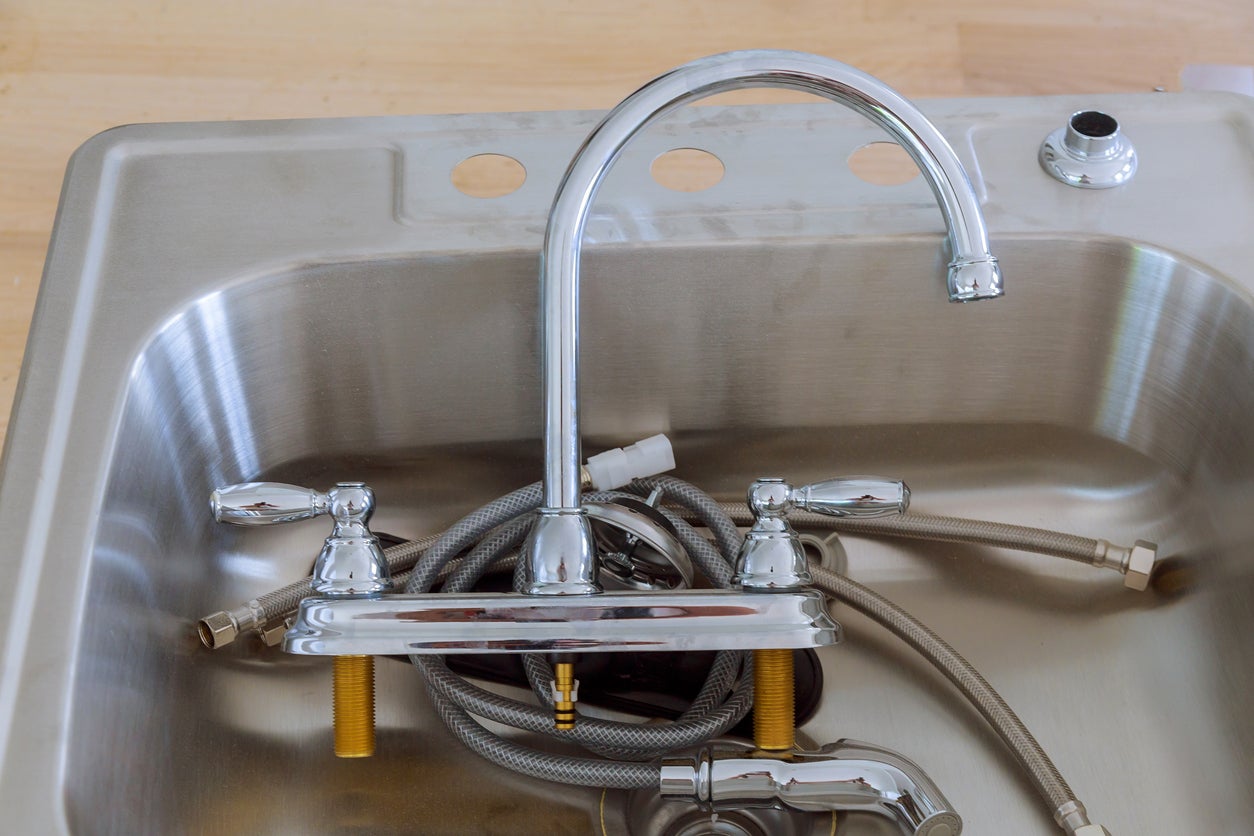
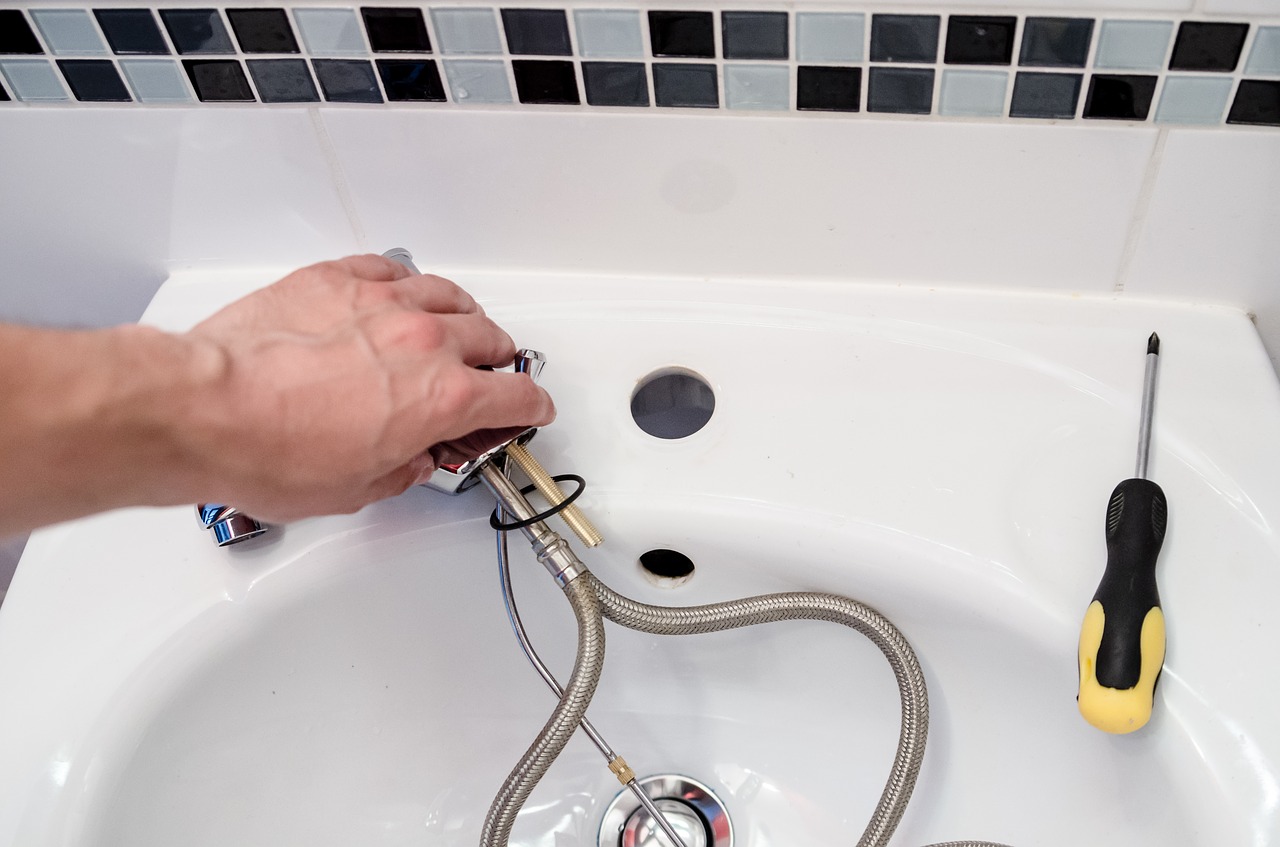
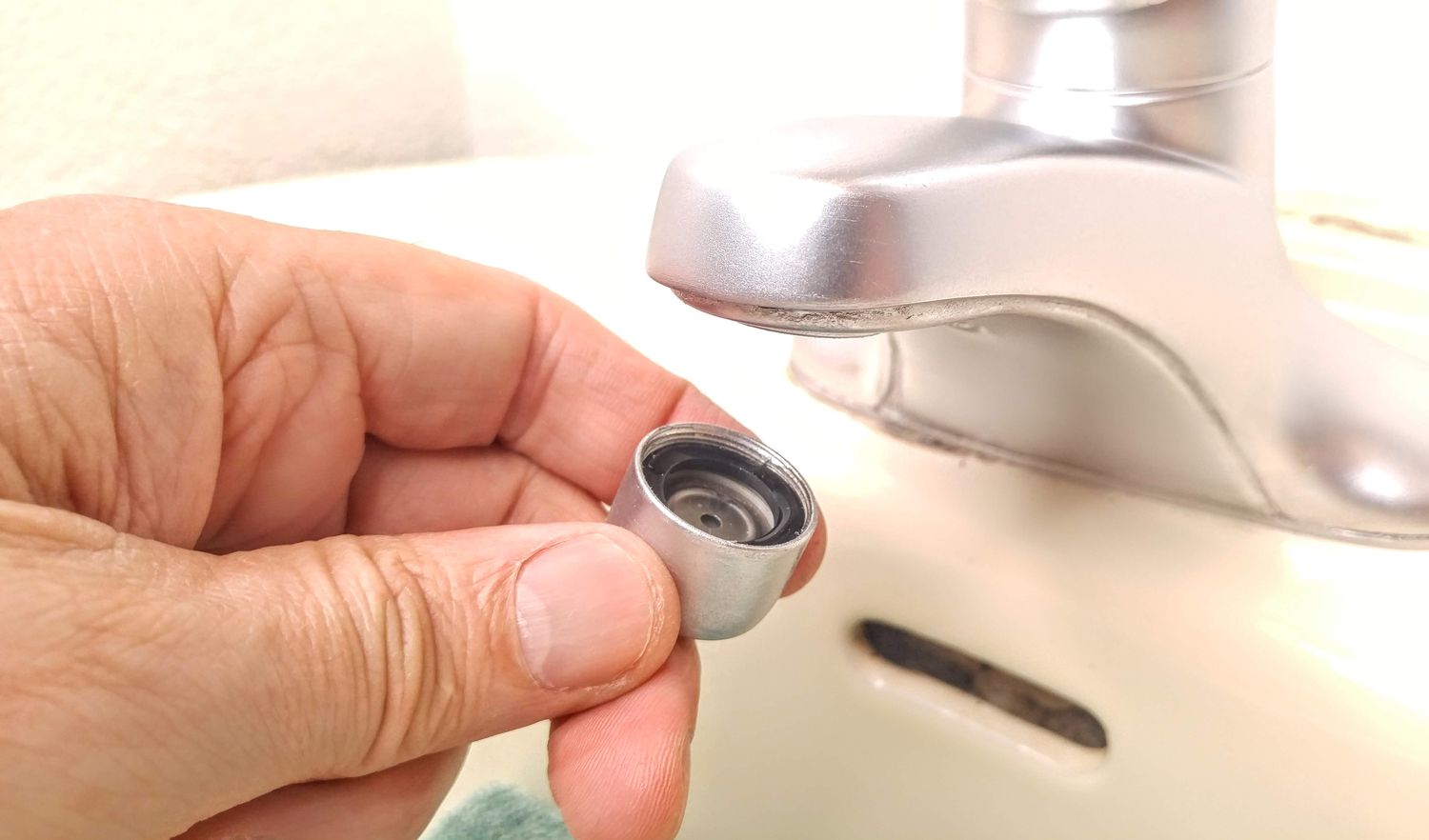
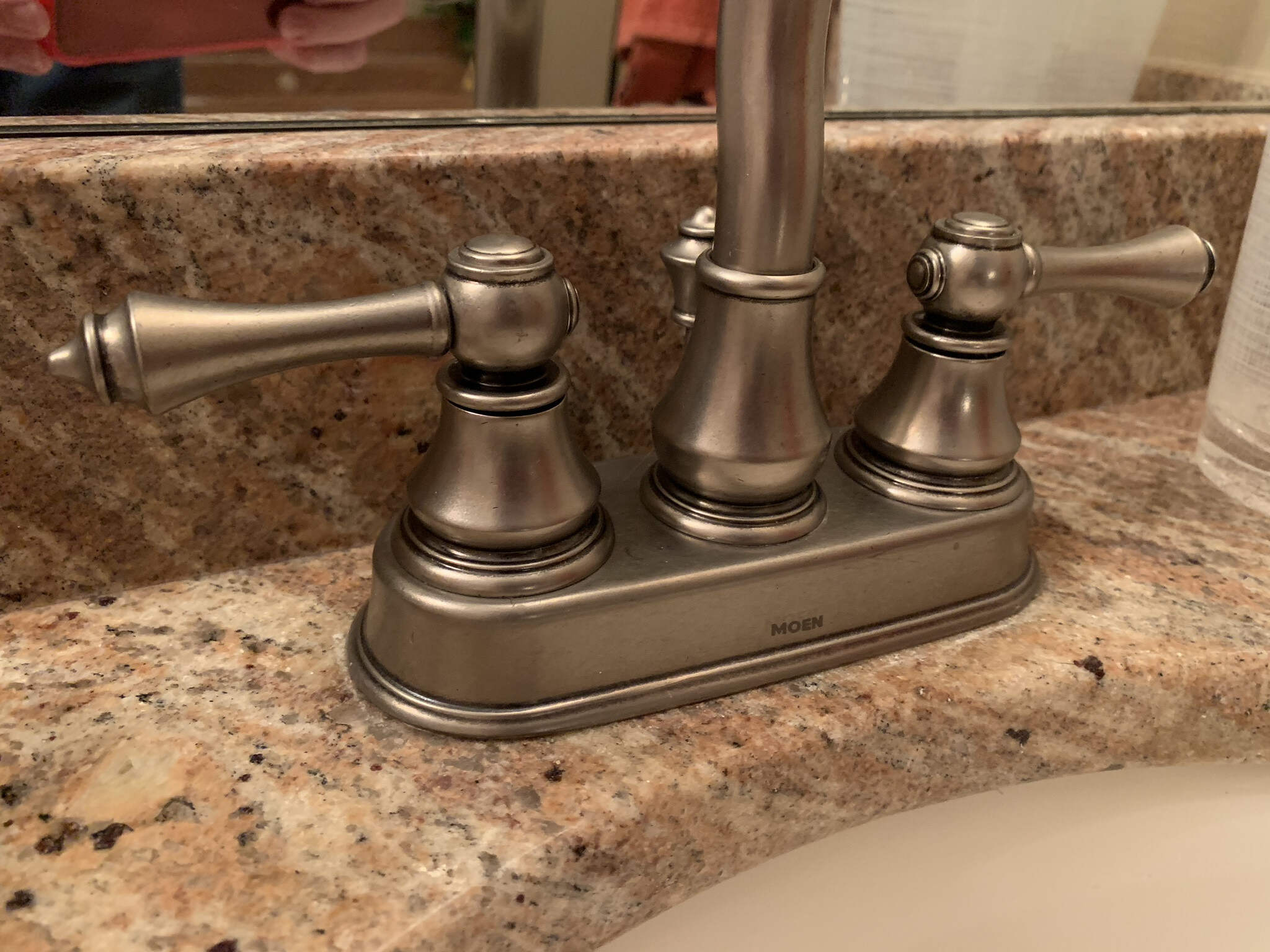
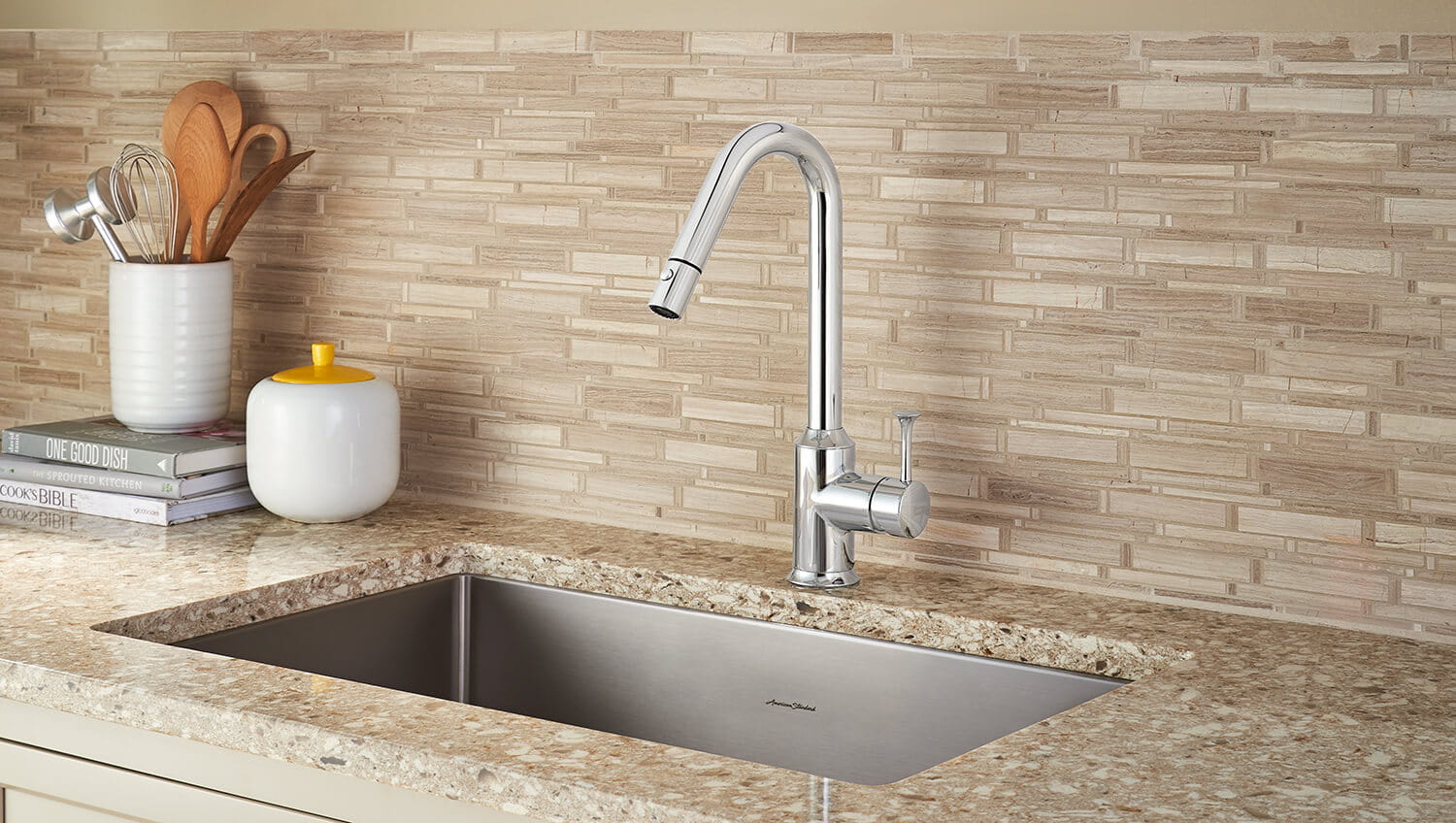
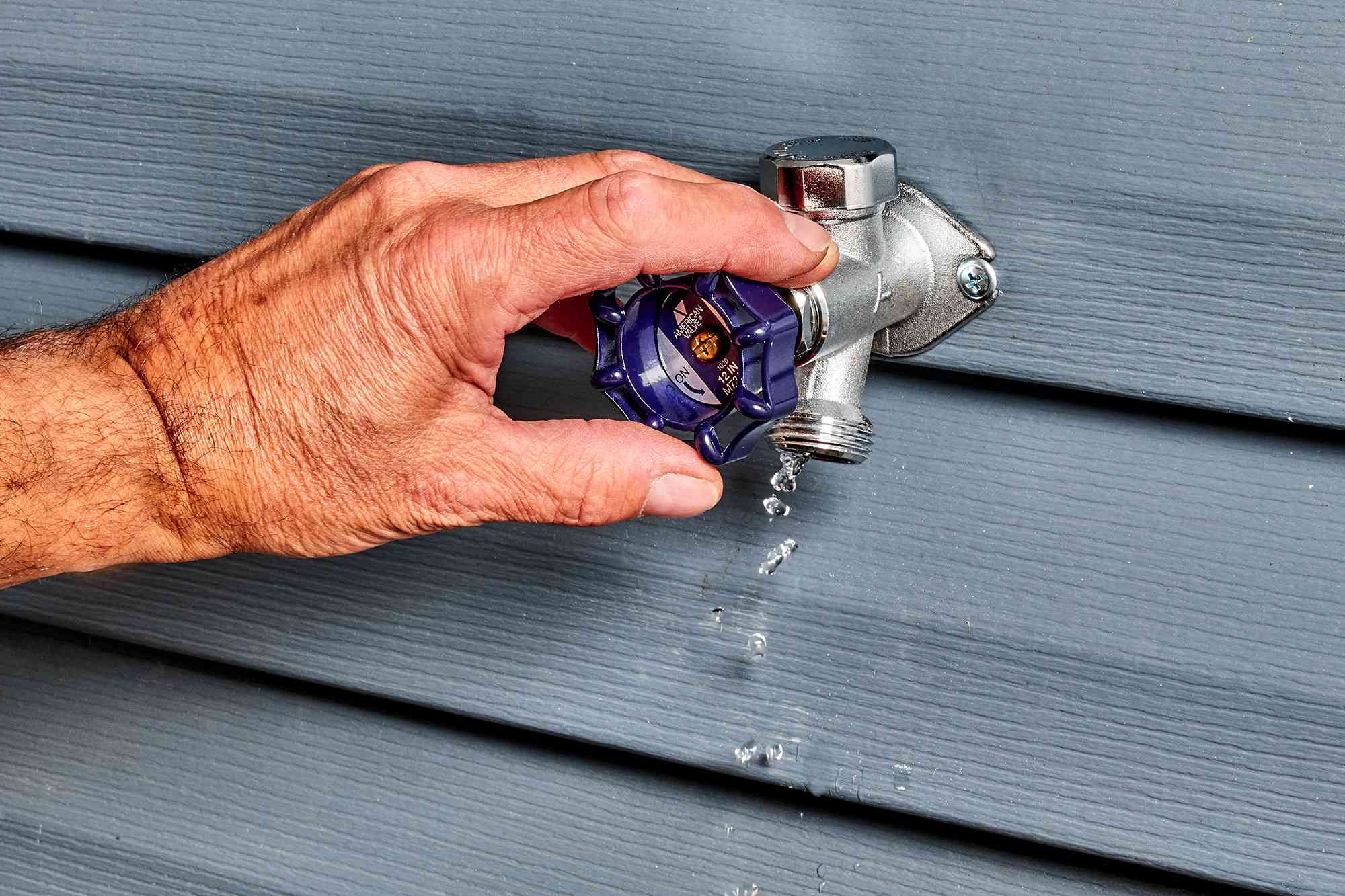

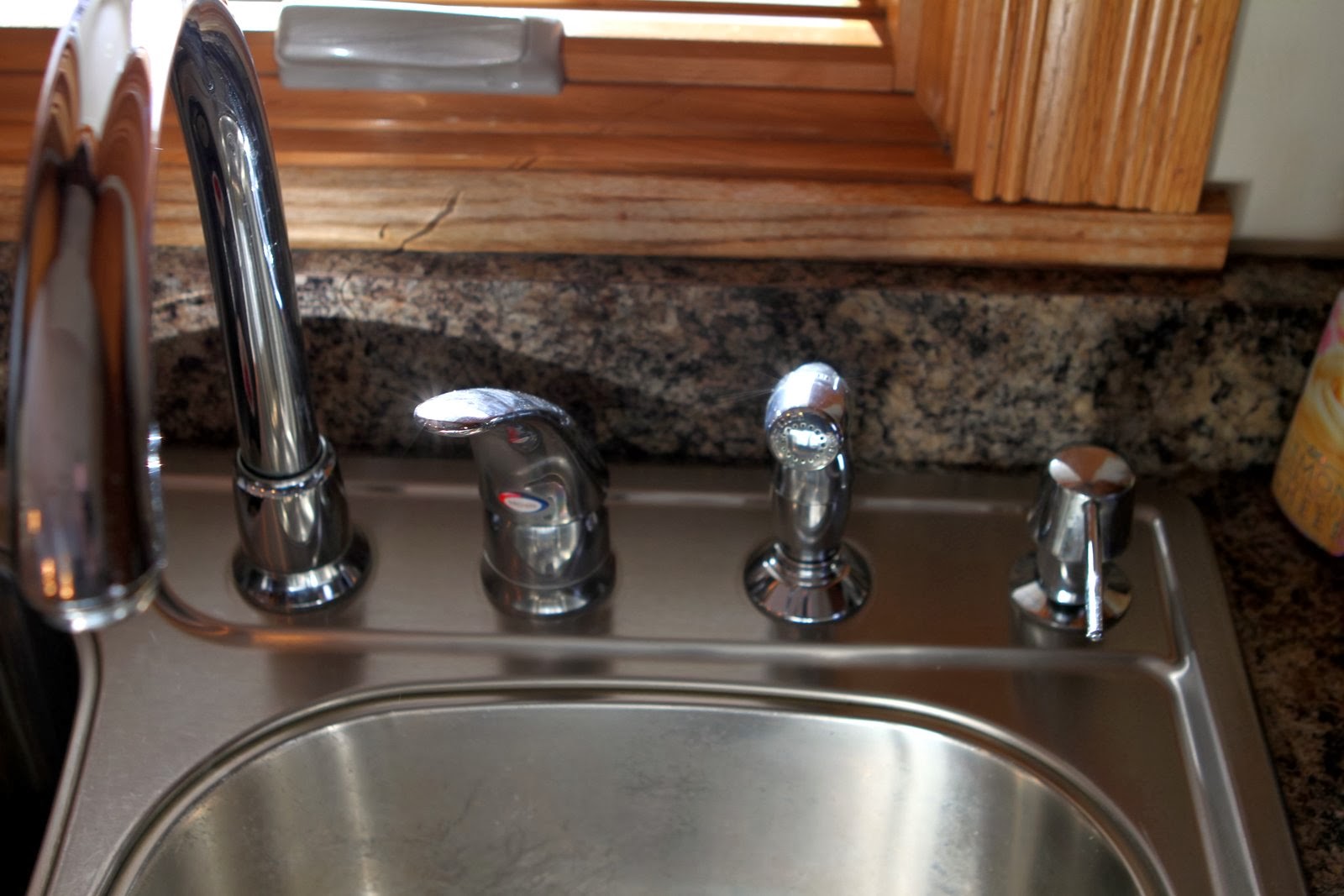
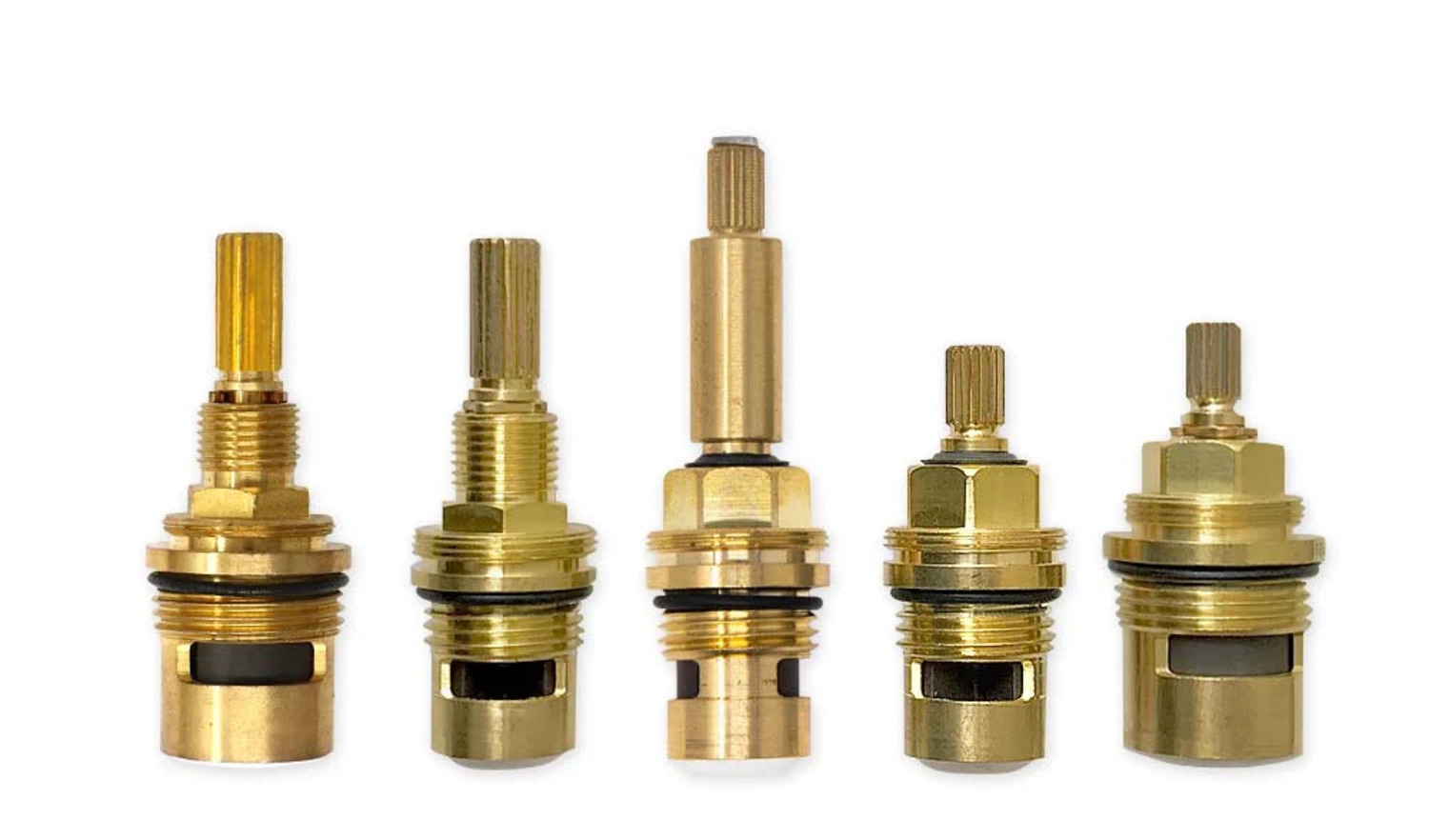
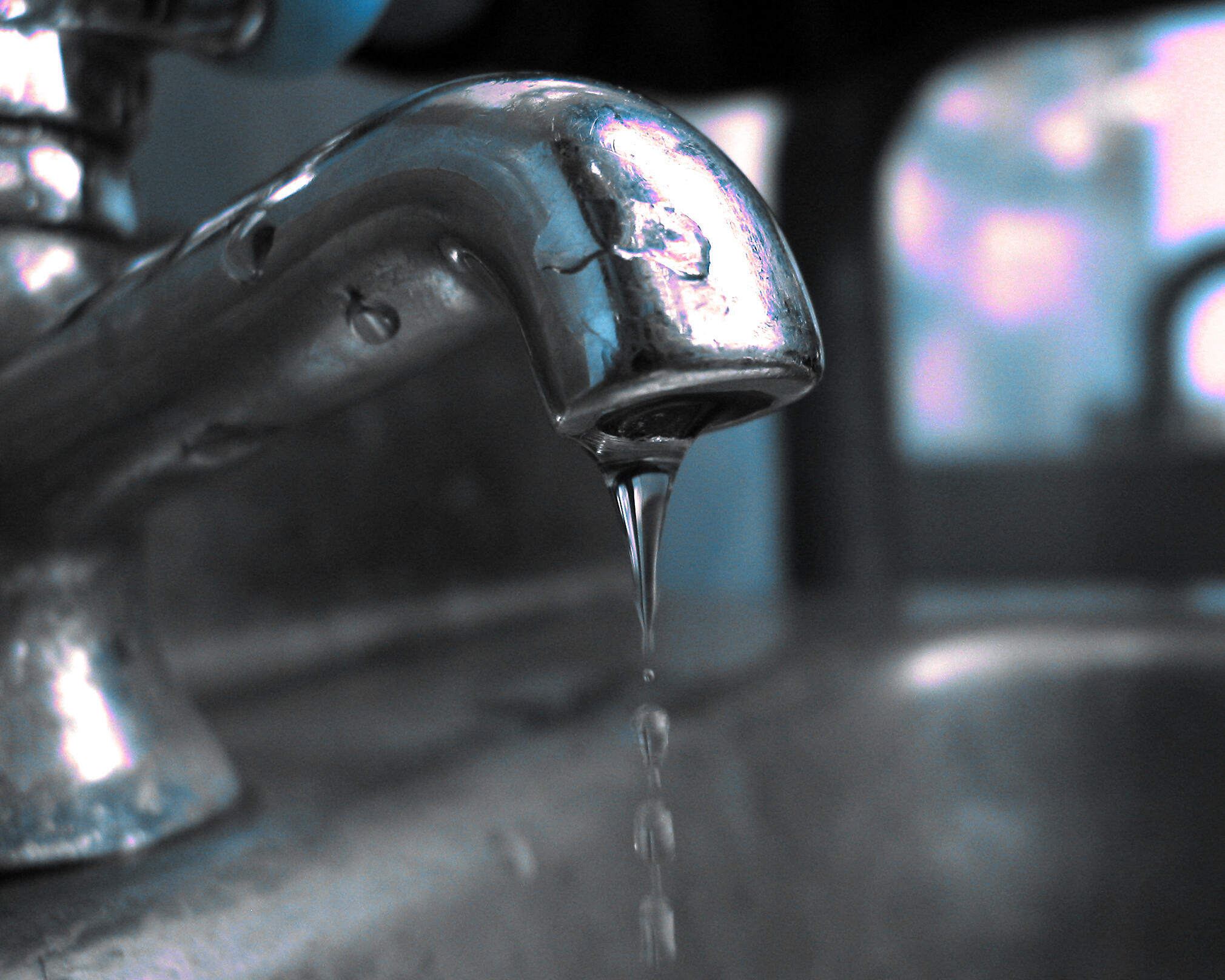
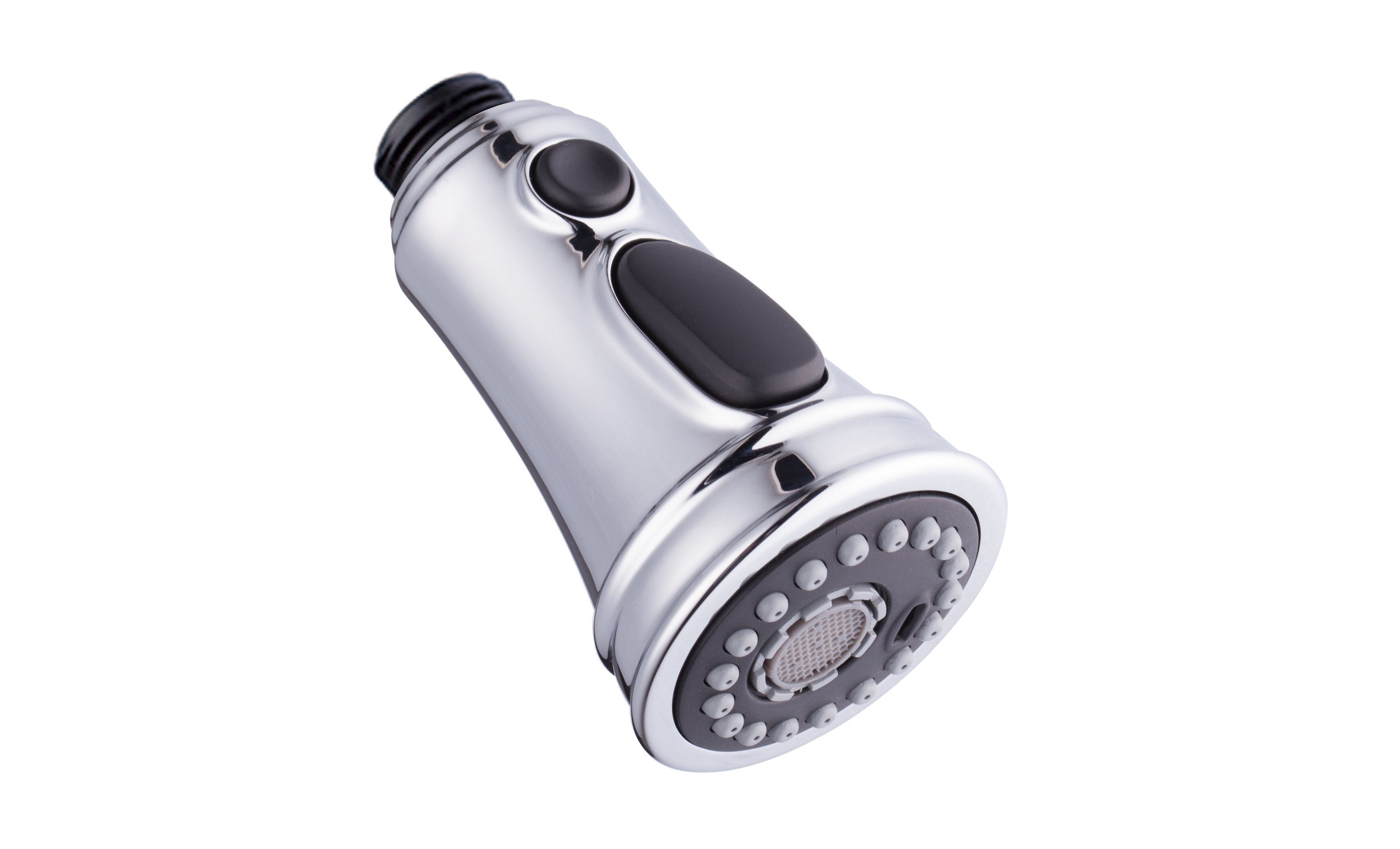
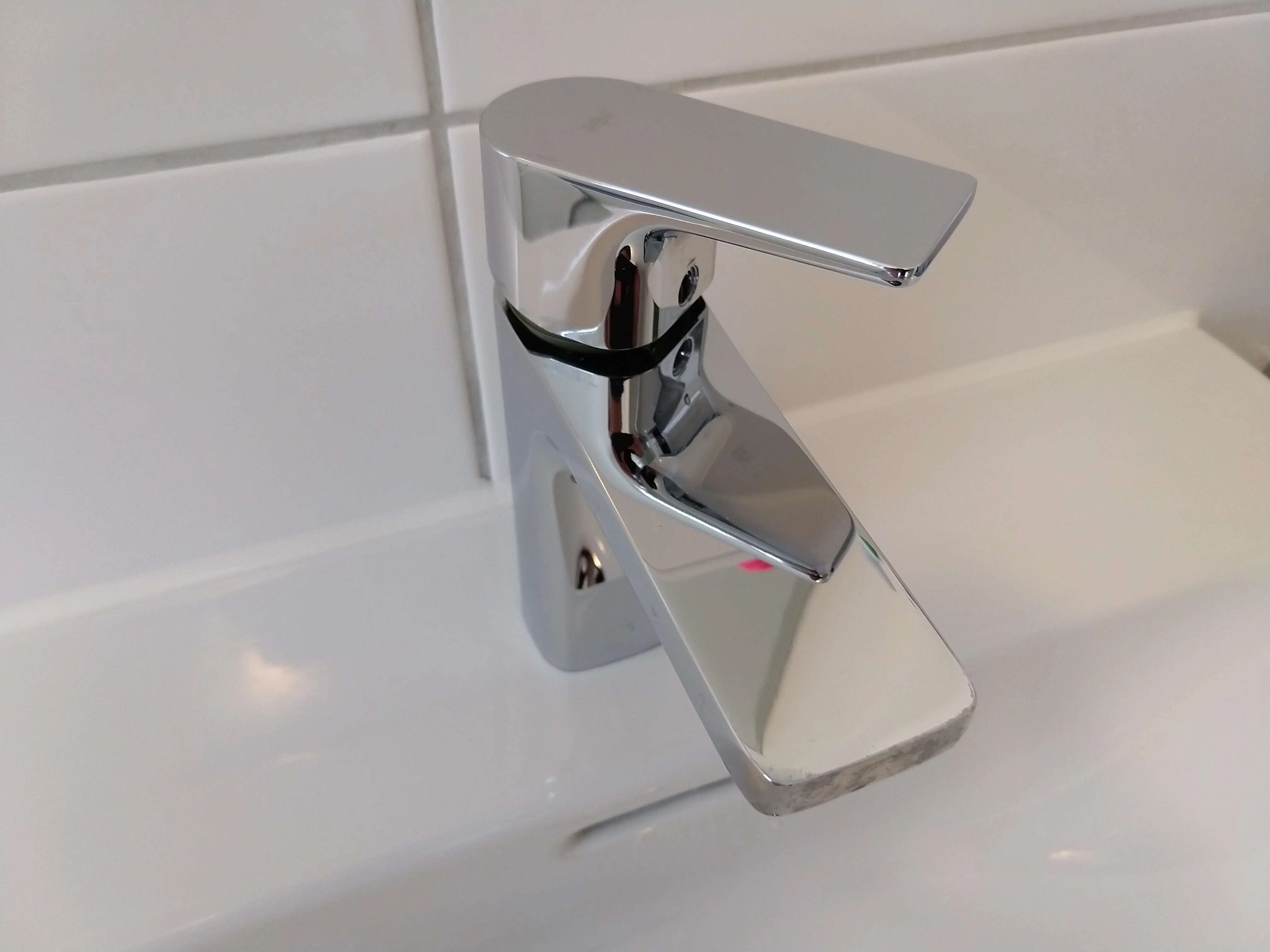
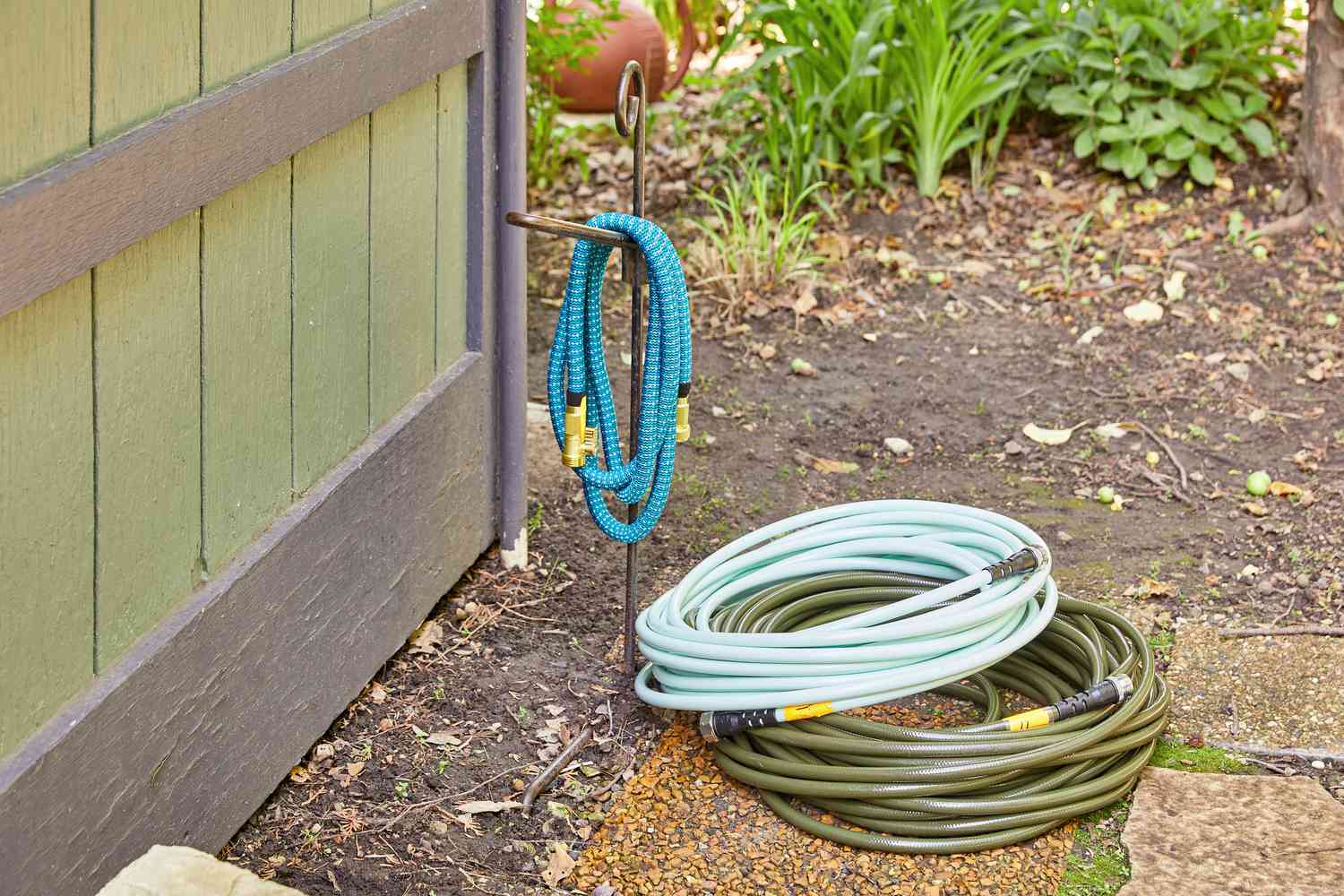

0 thoughts on “How Much To Replace Bathroom Faucet”